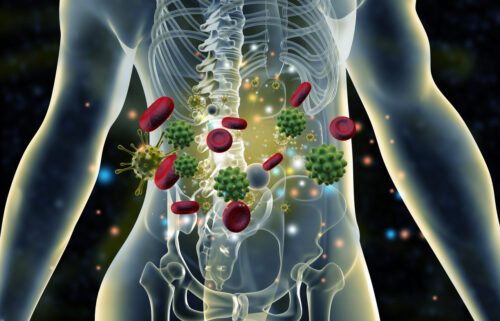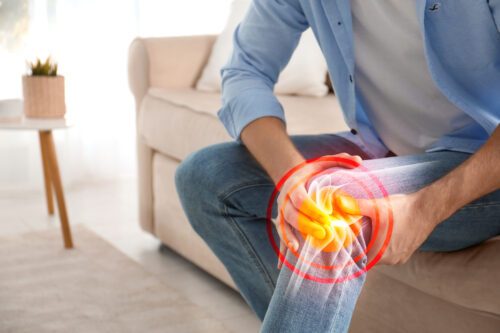Anti-inflammatories and photobiomodulation: an innovative alternative for better management of inflammation and pain
Solutions and practices to help manage pain and inflammation in the individual, while highlighting the risks associated with conventional drug treatments such as non-steroidal anti-inflammatory drugs (NSAIDs) and steroidal anti-inflammatory drugs. Indeed, although NSAIDs and other drugs are commonly prescribed for conditions such as muscle pain, fevers and various inflammations, their use is not without undesirable effects.
Understanding the risks associated with traditional anti-inflammatory drugs
Anti-inflammatories such as ibuprofen, ketoprofen and similar molecules are frequently used to soothe pain and reduce fever. However, taking these drugs regularly or in high doses is not without risk. Side effects include infectious complications, possible heart or kidney failure, and other undesirable effects that can affect an individual's overall health.
Although powerful, steroidal inflammatory drugs also carry the risk of serious complications for some users, particularly when used for prolonged periods. Meanwhile, other over-the-counter anti-inflammatories, such as acetylsalicylic acid (aspirin), despite their apparent accessibility, require particular vigilance, especially in individuals prone to bleeding or with heart or kidney failure. This makes it essential to find alternative solutions that are more respectful of the body and less invasive.
Photobiomodulation: innovative support for inflammation and pain management
It is in this context that photobiomodulation presents itself as a complementary approach for those wishing to better manage their inflammatory symptoms without necessarily resorting to conventional medication. Photobiomodulation uses light at specific wavelengths to stimulate cells and promote a natural repair process.
Unlike traditional drug treatments, which can cause short- or long-term side effects, this technology, combining LEDs and low-intensity lasers, is non-invasive and poses no risk of serious side effects. It can contribute to an individual's well-being by acting directly on affected tissues, helping to reduce pain and inflammatory reactions linked to injury or chronic pain.
Advantages of photobiomodulation over conventional anti-inflammatory drugs
Photobiomodulation offers several significant advantages over traditional drug solutions:
- No significant side-effects : unlike conventional anti-inflammatory drugs, which can cause side-effects such as stomach upset, ulcers and kidney failure, photobiomodulation has no serious complications. This makes it an attractive option for individuals sensitive to the adverse effects of drugs.
- Adaptability: suitable for people of all ages, photobiomodulation can bring relief to adults and children alike, particularly for conditions affecting muscles and joints, or painful periods.
- Alternative for chronic pain: For chronic or recurrent pain, where repeated use of medication can be problematic, photobiomodulation allows treatment without the risk of dependency or accumulation of chemicals in the body.
Photobiomodulation: a technology for well-being
This innovative medical device is distinguished by its ability to target specific areas of the body in a localized manner. Photobiomodulation treatments can be integrated into a health care routine aimed at improving overall comfort and well-being. By harnessing the benefits of light, this approach helps to effectively relieve muscular pain and tissue damage, and can form part of an overall management of inflammation without any negative impact on the body.
So, for people seeking alternatives to conventional pharmacological treatments, photobiomodulation represents an innovative, promising and safe form of support, helping to manage pain and inflammation while minimizing the risks associated with traditional anti-inflammatory drugs.



